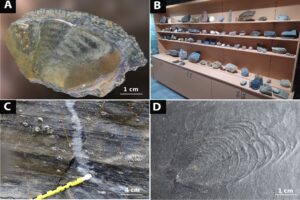The idea of a geoconservation chain is applied to the ‘End of the World Road’ which is part of an Argentinian tourist development program called La Ruta Natural (The Natural Road). To conduct a comprehensive and specific analysis, this itinerary was divided into six segments and sieved through the steps and substeps of the framework. […]
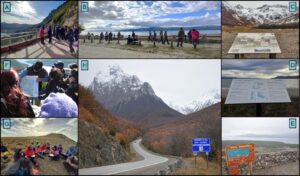
Idrija UNECO Global Geopark embraces the area of Idrija Municipality in the western part of Slovenia, with an area of 294 km2. Its main town Idrija, with a famous mercury ore deposit beneath, has always been a home to several European naturalists, who explored natural features, plants, animals and fossils of the area since the […]
The North West Highlands Geopark is probably one of the largest geoparks anywhere, comprising 2000 km2 of remote, mountainous and coastal terrain. It was the first European Geopark to be recognised in Scotland in 2004 and was designated by UNESCO as a Global Geopark in 2015. Since then, it has been very successful in delivering […]
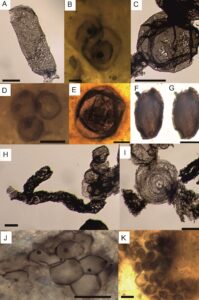
The Triassic reptile Eifelosaurus triadicus is an icon of the Geopark Vulkaneifel and the Natural History Museum of Gerolstein (West Eifel, Rhineland Palatinate, W Germany). We explore the research history, including geoconservation aspects, and summarize current knowledge of Eifelosaurus, the sole fossil of its kind, identified as an early rhynchosaur. We discuss the local geology, […]
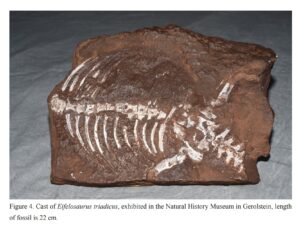
Across the Ediacaran to Cambrian transition, some 541 Ma, the Earth’s biosphere changed from one dominated by microbial organisms to one where multicellular organisms, including animals, rose to importance. Within a few tens of millions of years into the Cambrian Period an array of animal groups appeared, some extinct and others ancestral to modern groups, […]
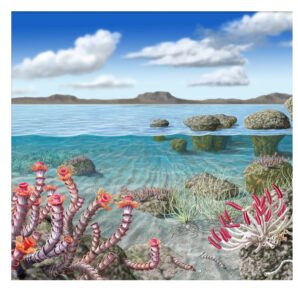
Even though geoconservation has advanced significantly in the last few decades, general awareness of its importance is limited, especially in Brazil. Here, we present an overview of geoconservation actions and initiatives in the state of Paraná. We highlight geoscientific aspects since the 20th century, the installation of interpretative panels, and key findings from the inaugural […]
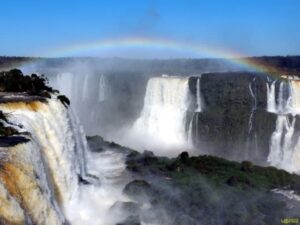
Some exceptional paleontological trilobite sites located in the Sierra Norte de Sevilla UNESCO Global Geopark are presented herein, together with an analysis of their geotourism / geotrail potential and a proposal for geoconservation. The sites are of Marianian age, a regional stage and age of the Cambrian Mediterranean Subprovince which was defined within the territory […]
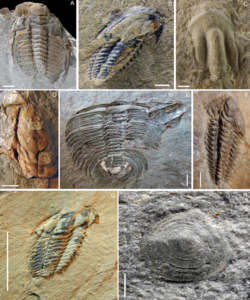
The Digne-les-Bains ammonite slab is one of the most impressive geosites of the UNESCO Global Geopark of Haute-Provence and Réserve Naturelle Nationale Géologique de Haute-Provence. Its importance rests on the number of fossils as well as their size and the high quality of the outcrop and its huge potential. It is an important subject for […]
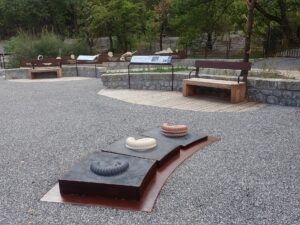
The Lower Jurassic Posidonia Shale of Southern Germany is famous for its excellently preserved fossils. First of all, the large and spectacular ichthyosaurs, pterosaurs and crocodiles impress. Fish, crinoids, ammonites and belemnites are witnesses of a very special living world in the former Posidonia Shale Sea. The rather small and inconspicuous bivalves, brachiopods and serpulids […]
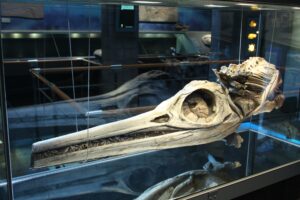
The Spanish Courel Mountains UNESCO Global Geopark has strong educational and touristic resources despite limited preservation of Paleozoic invertebrate fossil assemblages within metamorphic rocks. The paleontological sites are managed by means of their inventory and integration in a Geographical Information System, the construction of virtual 3D fossil models, the creation of a fossil collection exhibition, […]
